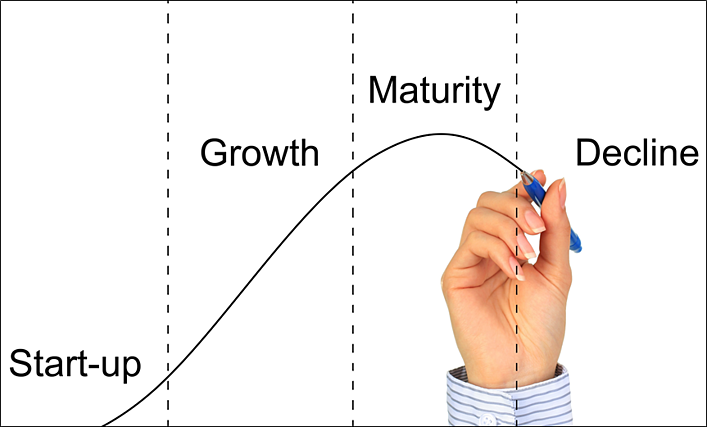Recently, I took this call from a client and while is extreme it isn’t the first time, I have heard this.
“We recently acquired a company with a product that significantly overlaps our core solution. Based on the projected growth and typical customer profile, our board has asked that we identify a single platform product and sunset the other offering. However, we need to make a recommendation in 30 days, and we must keep churn at or below 10% through the entire process.”
Scenarios like this are increasingly disrupting product life cycles, introducing a new flavor of product end of life (EOL)—particularly in modern enterprise software companies. In small- and mid-market enterprise software companies, a dramatic increase in M&A activity is accelerating product EOL scenarios, with the blending of two or more companies serving as a catalyst. Product professionals in established companies like SAP, Microsoft or Adobe are being affected by shifts to subscription business models and SaaS or SaaS-only product portfolios.
All evidence suggests the beginning of a new way to manage a product portfolio that will shift our thinking about when it’s time to EOL a product as well as how long the process should take. Consider that
- Outside influences on the product life cycle are accelerating the EOL decision
- Decisions aren’t routine; they will have a dramatic effect on the current product portfolio and near-term financial results
- EOL decisions must be made with great precision in a short time period
Product EOL has become a strategic tool to shift the business model or drive higher annual recurring revenue (ARR) and lifetime customer value (LCV). Product professionals are increasingly being asked by leadership to contribute to the decision and the direction of the product portfolio, and EOLing and consolidating products plays a big part.
There is plenty of information and support on how to organize the EOL phase of the product life cycle. However, most information assumes a decision has been made, usually by senior leadership, and the product management role is focused on the execution steps. But with the way things are changing around us, our thinking about end of life could use a refresher.
EOL Strategy
Nearly 25% of product managers are unable to wind down dud projects, according to a survey conducted by Egress Solutions, and 56% have too many products to adequately fund for growth.
A software company’s product EOL strategy is a critical element of its growth strategy. Its ability to prune nonstrategic or poor performing solutions is the most effective way to create a tighter focus and free critical resources that can positively affect top-line growth and a company’s new product development engine.
Going forward, consider adding EOL planning as early as the product-concept phase. Given market dynamics, there’s a chance that the successful product you launched could need an EOL plan—or at least a major pivot while it’s still your product. Also, consider the factors that will affect the life of your product, as that provides an opportunity to think about new ways to design and build software.
The EOL Playbook
While some product professionals prefer checklists, playbooks provide a complete picture of a proven practice. Great playbooks include the activities on a checklist, in addition to purpose, roles and responsibilities, success metrics, a definition of “done,” and common mistakes to avoid. Companies like Semantic and Veritas use EOL policies and playbooks to embed a standard practice and establish compliance guidelines.

Product End of Life Playbook Summary
Roadmaps are another practice I encourage during the EOL phase of the product life cycle. Though sunsetting may be disappointing to the product team, this phase of the product life cycle requires the same level of strategy and planning as the launch phase. EOLing a product is complicated and requires near-flawless execution. A detailed sequencing of activities is required—along with a good deal of planning and the alignment of a range of stakeholders.
At Egress Solutions Inc., we work with leading companies to transform product strategies and organizations. We enable overall product success through Product Market Fit, Market Insight, Win/Loss Analysis, Product Team Assessment and Benchmark. Our engagements provide strategic and execution expertise in the areas of product roadmap/vision, product positioning, sales enablement, go-to-market and lean product methods. Our goal in working with our clients is to help them transition into market-driven organizations.

